Brotherly Alliances, Engines of Growth
Executiveaction
series No. 237 June 2007
by Howard Muson
One of the fastest, least capital-intensive ways for small-to-midsize companies to grow is to connect with a larger, more powerful partner or brand. But how do you find a ‘big brother’ you can trust?
It seems that scores of new business alliances are born every day. Companies proudly announce partnerships with customers, with suppliers, with distributors, even at times with competitors. Big telecom and cable companies team up with the Yahoos and YouTubes of the world. Software firms get their programs embedded in websites of e-commerce partners. And as fast as business alliances are created, as many seem to be dissolved or simply fade away. Experts estimate a failure rate as high as 60 percent.
For all the risks, an alliance with a larger company is one of the only ways that some smaller and midsize companies have to accelerate growth without huge capital outlays. Organic growth takes patience and, typically, a long time. Brands are not created overnight. But with help from a powerful partner—what one alliance expert calls a “big brother”—a smaller company can raise its visibility, develop a new technology or product, gain access to broader marketing channels, tap into sources of new customers, or ride the coattails of a strong brand.
Though it sounds great, making an alliance work takes tremendous effort and commitment. And the risks are not to be underestimated. What if Big Brother is not so well-intentioned and walks away with Little Brother’s secrets?
What if the larger partner simply develops other priorities over time and allows the partnership to wither on the vine?
Experts agree: Since the sharp falloff in alliance creation after the dot-com bust around 200l, companies have learned much about how to design and manage these partnerships more effectively. Alliances are making a strong comeback, and companies have more realistic expectations about what they can achieve. “The deals being done now tend to be better thought out—with the caveat that there are still tremendous challenges around governance,” says David Ernst, leader of global alliances for McKinsey & Co. in Washington, D.C.
The Conference Board examined a few small and midsize companies that appear to have gotten over the hurdles to see how they benefit from alliances and collaborate with their partners.
Levels of Risk and Commitment
McKinsey’s Ernst defines an alliance as “a mutually dependent relationship where there is some shared risk, reward, and control. It would not be a straight armslength contract in which company A agrees to sell something to company B. It would include a range of contractual partnerships as well as joint ventures in
which a new company is established. Companies A and B will benefit depending on how well they collaborate.”
Herman Miller Inc. (HMI), a leader in the design and manufacture of innovative office furniture, has years of experience at forging alliances. A public company
with more than $1.7 billion in 2006 sales, it illustrates the advantages to a midsize firm of taking on smaller partners whose products fill in gaps in its product portfolio. Herman Miller’s alliances show how its smaller partners benefit as well.
As director of the product portfolio group in the late 1990s, Ken Munsch, now head of Herman Miller’s creative office, laid the groundwork for many of these alliances. When buying office furniture, Munsch explains, many large corporate customers prefer not to deal with multiple suppliers. Yet it is often not worth it for Herman
Miller to invest its own resources in developing a product to fill a niche or price-point gap in its office-furniture offerings. Instead, it offers a quality product from a partner who already has expertise in making the item.
The larger strategic purpose here is apparent: By offering a full line of office furniture, Herman Miller blocks competitors from supplying a niche product and gaining a wedge into the business of major HMI customers. For the smaller partners, affiliation with the brand opens the doors of highly desirable new customers as well as Herman Miller’s 250 dealers across the United States and overseas. The smaller company not only piggybacks on the brand but often gets support from Miller’s sizable sales force.
Companies weighing an alliance should be aware of the different levels of risk, formality, and commitment required for each type. Munsch cites examples from
his company:
• Marketing alliance – Herman Miller makes furniture out of various composite materials, metals, and fabrics but has never been strong in what are known as “wood
case goods.”Through an alliance several years ago with Geiger Brickel, a smaller maker of wood desks and credenzas with high-quality veneers, HMI was able to offer wood furniture to its major corporate accounts.
“We would highly recommend Geiger and, in some cases, sell together cooperatively,” Munsch recalls. “We strongly encouraged our dealers, most of which are independently owned, to carry their products.” In just two or three years, Geiger more than doubled its business, Munsch says. When the aging owner decided
to retire, he sold the company to Herman Miller, which knew Geiger was both a good business and cultural fit.
• Product alliance – In 2004 Munsch formed an alliance with a company that manufactures tables with swingarm seating for university lecture halls and large
auditoriums. The object of the relationship with Theatre Solutions was to move product—specifically Herman Miller’s branded Aeron and Equa 2 chairs—into a new
niche. HMI supplies chairs “from the tilt up” (minus their base), which are attached to Theatre Solutions’ swingarm mechanism; the swing arm enables students to
leave their seats easily. Herman Miller’s dealers who have university clients assist in promoting the Theatre Solutions product and receive a fee for successful sales
leads. The company profits from sales of the seats, in addition to receiving an alliance fee. Theatre Solutions benefits from marketing classroom seating that
features premium, branded chairs.
• Co-development alliance – Co-development alliances usually bring together a smaller company with an innovative product or technology and a larger company
that can help develop, market, and distribute it. Many giant companies in the computer and pharmaceutical industries owe their early rise to this alliance model
(think Microsoft, Intel, Genentech). Herman Miller has about a dozen co-development alliances with firms working on technologies and materials that might have
application to office furniture. One, for example, deals with materials for the Aeron chair’s suspension system. Often HMI licenses a patent to the co-development
partner, receiving royalties on sales of new products that emerge from the alliance.
Since new products and technologies may have long gestation periods before they pay off in increased revenue, co-development alliances require partners to commit more time—and often resources—than the other two types. In a product alliance, one company takes title to the partner’s products (e.g., Herman Miller’s chairs) in order to sell them or combine them with one of its own products. That may increase its costs and risks, since the company taking title to the goods must maintain and move inventory. Marketing alliances involve mostly sales support and involve less risk because one partner does not take title to the other’s goods, Munsch observes. “In this case the fee you receive can be considerably less
than what you get from a product alliance, which must be supported by all sorts of other marketing activities.”
To Protect Information, Contain the Goals
With companies getting more creative in structuring alliances, it has become harder and harder to define a standard model, according to Benjamin Gomes-Casseres, a professor at the International Business School of Brandeis University. “You see alliances that are a complex mixture of contracts, of supply arrangements, of marketing deals, a little bit of R&D.” But Gomes-Casseres believes today’s alliances tend to be closer to the strategic heart of the partner companies, rather than nice-to-have but marginal activities.
Of the many alliance forms, joint ventures call for the heaviest commitment and pose special risks for smaller companies. The separate legal entity created under such ventures has its own governance and management, with the equity usually divided according to each partner’s investment. Joint ventures aren’t easy to wiggle out of if things go badly, and can raise thorny governance issues as well. Often decision-making naturally gravitates to the larger partner with its superior market knowledge and more experienced staff, leaving the smaller partner out in the cold.
Robert E. Spekman, a professor at the University of Virginia’s Darden School of Business, cautions smaller firms against alliances with larger companies when the goals are too broad and open-ended. Alliances between giant companies tend to be viewed as long term and have multiple objectives. In contrast, a smaller company—say, a biotech or software firm with an innovative product— usually has a finite set of tasks that it needs help in accomplishing. It lacks the resources to manage big, multiple goals, but, just as important, wants to protect its secrets against “opportunistic behavior by the larger partner.” Unless the tasks of the alliance are circumscribed and precisely defined, Spekman argues, the larger partner “may get more deeply involved in your business than you’d wish.”
Another challenge for such alliances is that larger partners may not be able to move with the same agility and speed that the smaller company can and needs to. Increasingly, alliances are based on contractual partnerships with shorter time horizons, especially for companies with a significant Internet presence. Spekman, the author of Alliance Competence, points out that corporate giants accustomed to working with other corporate giants may have trouble understanding the need of smaller partners for relatively fast results. It can take as many as three years for the large company to get its team organized to work cooperatively with a partner, Spekman says. E-commerce businesses, facing a swiftly changing environment and eager for quick results, don’t have that much time. Some successful alliances last as little as six months. Thus, the duration of an alliance is not a good measure of success or failure, Spekman says. “In a more contained type of partnership, companies come together, solve a piece of the puzzle, and then move on. As one Silicon Valley entrepreneur told me, ‘You know your alliance is over when your partner stops returning your emails.’ ”
Further, as Internet alliances proliferate, fewer companies are willing to grant exclusive access to a single partner, according to Larraine Segil, a California-based consultant and author of Measuring the Value of Partnering: How to Use Metrics to Plan, Develop, and Implement a Successful Alliance. The big telecom companies, the makers of mobile devices, and online market powers such as Amazon and eBay are all hungry for content and seek multiple providers, Segil says.
Potentially, these alliances can be powerful growth engines; they don’t take much time to put together and involve minimal risk and investment. One example cited by Segil is a recent alliance between GoFish Corporation, a leading site for sharing videos, and Omni Film Distribution, which maintains a library of 1,300 feature length and short films. Under the deal, the two California companies share revenues from sponsorship of films seen on GoFish. Media companies that sell help-wanted ads running in print and online provide another example of how to achieve greater market penetration fast—locally and nationally—by means of collaborations. Monster Worldwide, for example, is allied with chains owning more than 60 daily newspapers and eight television stations across the United States whose help-wanted ads run on the site.
During the dot-com bubble, deals were put together very fast—and very sloppily—according to Segil. More recent e-commerce alliances have a better chance of surviving, she believes, because companies are smarter about how to structure them and Internet technologies have improved. Still, many entrepreneurial companies remain impatient with the planning and documentation that go into successful outcomes. To collaborate effectively, Segil argues, the partners need to design a process for scoping out the strategic, financial, and operational details even
before deciding what legal form the partnership will take. In addition, they need to set up metrics not only to assess progress on their goals but to take the pulse of their relationship—that is, assess how well the partner teams are communicating and coordinating their work.
A License to Grow
For his book, Blueprint to a Billion: 7 Essentials to Achieve Exponential Growth, David G. Thomson, a former McKinsey consultant, studied 387 companies that went public after 1980 and achieved $1 billion in annual revenues—an “inflection point”—in their growth trajectory. A majority of those companies succeeded with help from what Thomson calls “Big Brother-Little Brother” alliances under which a big firm helps a smaller firm develop or market a product or technology for the
benefit of both.
Procter & Gamble is an example of a Big Brother company that in recent years has sought to partner with Little Brothers with innovative and high-quality products. Thomson’s book describes one Big Brother-Little Brother partnership between P&G and a small maker of household and work gloves in Morristown, N.J.—Magla Products—which has achieved bounding success by gaining access to this privileged circle.
Magla’s strategy is to build on licenses to market its gloves under well-known brands. More than 50 years ago the company started by Herbert Glatt was making ironing-board covers and laundry-room accessories. After moving into glove-manufacturing, Magla secured the right to market cloth work gloves under the Stanley Works trademark. About seven years ago, it acquired a similar license from the Burpee seed company to market a fashion gardening glove. But Magla scored its biggest coup in 2000 when Procter & Gamble licensed it to sell a reusable household glove under P&G’s Mr. Clean brand name. The deal, negotiated by a trademark licensing firm in Atlanta, Nancy Bailey & Associates, opened retailers’ doors and ensured Magla’s gloves a space on the shelves of major chains, including Wal-Mart, Home Depot, and Target. Magla’s revenues, it is estimated, shot up threefold within five years.
Trademark licensing agreements are, of course, nothing new, but today there are many more of them, according to Nancy Bailey. Though big corporations are extremely careful about whom they let market under their brands, many increasingly see these intangible assets as a relatively cost-free way to augment revenues. P&G approached Nancy Bailey several years ago and asked her to look for quality products that could be sold under the Mr. Clean brand, then limited to their liquid, all-purpose cleaner. The trail led Bailey’s company to Magla Products and its gloves. Although other companies are licensed to market products under the Mr. Clean brand, Magla is currently the only partner that sells gloves in its niches.
For Jordan Glatt, Herbert’s son and the current president of Magla Products, the renewable three-year P&G license not only boosts revenues but gives his company some insulation against low-priced competing suppliers abroad. “Household gloves are a pretty commoditized product that’s hard to differentiate,” Jordan Glatt explains. “The consolidation of retailers has made it easier for the big chains to import from abroad and sell under their own label. We felt the only way to protect ourselves was to nail down space on retailers’ shelves with the brand. Yes, Wal-Mart can go abroad and buy cheap gloves. But they can sell more Mr. Clean gloves than a non-branded product. It’s huge in our world to be able to protect yourself in that way.”
The “halo effect” of being associated with the Mr. Clean brand doesn’t stop there. Magla’s gloves are featured once or twice a year in the millions of free-standing inserts that P&G drops into newspapers across the country every week. That kind of advertising would probably cost Magla three-quarters of a million dollars, Glatt estimates—too much for a business its size. Glatt says his staff has frequent contacts with the brand manager and marketing people at P&G. For Glatt, the relationship is definitely strategic.
Now a company with about $100 million in annual revenue and 400 employees, Magla’s growth may have reached Thomson’s “inflection point” and should climb exponentially. Last year the company signed an agreement with the American Red Cross to market a complete line of disposable medical-exam gloves under the label of the worldwide health and relief organization. By far its largest license to date, Glatt says his company is still rolling it out but “we’re already seeing a 20-to-30- percent increase in sales.”
Opening Doors With a Minority Partner
To protect both parties’ interests, it’s a good idea to have a tightly drawn contract, even though some partnership deals are still closed on a handshake. One such alliance pairs the North Carolina Mutual Life Insurance Co. of Durham, N.C., with $80 million in annual revenues, with the much larger Securian Financial Group in St. Paul, Minn., with $2.5 billion in annual revenues. What has brought these two companies together is the desire of Fortune 500 customers, when buying group life insurance, to show support for diversity.
Many big corporations would like to give a portion of their business to minority- and women-owned firms. North Carolina Mutual is the oldest and largest African-American-operated mutual insurance company in America. It underwrites group life insurance plans for companies that have from 10 to more than 40,000 employees. One client is NASCAR, the nationwide auto-racing association, which has made major efforts in recent years to expand into states with racially and ethnically mixed populations.
When it comes to bidding for the business of nationwide corporations, however, the company is at a disadvantage in that it is licensed to operate in only 24 states and so must work with a partner in states where it is not licensed. What’s more, its financial rating has slipped in recent years as a new president has put more emphasis on sales of individual life policies. (An increase in sales of individual policies by 600 percent in the last year requires the company to reduce its surplus accordingly, setting aside more cash to cover long-term obligations.)
That’s where Securian Financial, through its Minnesota Life subsidiary, can help. Securian offers a range of insurance products and financial services nationwide. It can provide a high degree of service in all 50 states, with the customization and leading-edge technologies that the biggest companies demand for their benefit programs. Securian enjoys an A+ (superior) rating from A.M. Best, which can perhaps address any concerns about North Carolina Mutual’s financial structure.
However, the alliance isn’t one-sided. Even as the country’s sixth largest group-life insurer, Minnesota Life sometimes can’t get a foot in the door of the biggest corporations. As explained by Willie T. Closs Jr., executive vice president and chief marketing officer for North Carolina Mutual, some employers believe that group-life plans are virtually a commodity product. “When you have a product that’s hard to differentiate on the basis of price or quality, there’s an advantage in
having a minority partner.”
The two companies began talking about working together about three years ago when Minnesota Life replaced another firm providing a portion of group life insurance to a large employer along with North Carolina Mutual. Their executive and sales teams discovered that, as mutual companies owned by their policyholders, they approached business in similar ways and had common values. They started laying plans to offer the same kind of synergies to other potential clients. Robert M. Olafson, a senior vice president of Securian, says the alliance was sealed with a “gentlemen’s agreement.” The partners agreed, “We can just do this and anything we get from it will be added value.”
The partners have been organized to do joint sales and marketing for just a year, but together they have already landed the business of three Fortune 500 companies. “We’re still spreading the word that this is something we offer, and we know we are getting many more opportunities,” says Olafson. “Sometimes it makes a difference, sometimes it doesn’t.”
Choosing a Big Brother
The North Carolina Mutual-Securian relationship is working because the two companies have taken time to get to know each other and build trust. A smaller company with an innovative product or technology to protect, however, needs to create a process for determining whether to trust a potential partner. Experts interviewed by The Conference Board suggest some criteria:
• Before bringing in the lawyers to draw up contracts, get the partnering teams together in a room to talk about philosophy and goals. “I don’t care how good the deal is,” says Robert Spekman of the Darden School. “If your partner doesn’t share the same vision, the same set of morals and ethical standards, walk away.”
• Look for clues that the larger partner takes you seriously and truly wants to help foster your growth as well as its own. You need assurances your company will be listened to and have a voice in major decisions.
• Do your due diligence about the potential partner’s behavior in past alliances, whether it has kept its promises and maintained the trust of its partners.
Though many innovative smaller companies fear that a big company may steal its proprietary technology or processes, a bigger risk is that they will take too long to do the deal or won’t achieve their objectives because the more process-heavy partner can’t move fast enough, says McKinsey’s David Ernst. Ernst suggests a few ways to reduce the risk when small companies partner with big companies:
• Talk to at least three companies and create an “auction” for the product or technology that you want assistance in commercializing. Without a firm auction date, big companies may take their time coming to the table.
• Ask for estimates on how long it takes the company, on average, to make key decisions, such as hiring a new plant manager or launching a new product.
• Find out what marketing and R&D resources the company plans to assign to the alliance. Ask, for example, “Whom are you going to assign to work on this project?”—and write their names into the contract.
Little Brothers, be forewarned: The alliance is likely to be more important to your firm than to the larger one. “If you expect them to respond with the same alacrity that you do,” Larraine Segil warns, “you may end up doing all the work—not just yours but your partner’s.” Brandeis University’s Gomes-Casseres suggests the way to deal with a slow-moving partner is to manage upward. “Sometimes the big company is simply not aligned enough internally to make up its mind. It’s up to you to try to force that alignment.”
Lastly, before going forward, the smaller company should estimate how much of the CEO’s time will be consumed by the alliance. Because the smaller company may be staking its future on it, Segil says, the CEO often takes charge of the alliance. Lost time for small to midsize companies means fewer sales. Will the returns justify this diversion of the leader’s attention? If so, Segil advises, the CEO should have a backup team in place to run the company while he or she is keeping the alliance on track.
About That 60 Percent Failure Rate…
Studies that estimate a failure rate as high as 60 percent for business alliances are based largely on limited samples and can be misleading. “What these studies usually show is that a certain percentage of alliances have ended after X number of years,” says Benjamin Gomes- Casseres of Brandeis University. “In many cases the alliance has ended because it has achieved its goals— it is actually a success.” In other cases, circumstances have changed and the alliance is no longer needed.
Frequently, the larger partner buys the smaller one. “Very few studies have tried to disentangle these various reasons for alliances ending.” *
Gomes-Casseres, a consultant and co-author of Mastering Alliance Strategy, adds that the fortunes of any given alliance will vary by industry and how fast that industry is changing. “So, for example, I don’t expect 60 percent failure rate for large capital-investment joint ventures by energy companies in some new field. I expect them to last a long time because they are put together very seriously. The partners have a strong commitment because there’s a lot of money involved— there’s often no way out of the deal without a lot of pain. In contrast, I expect a very high rate of endings for those dot-com deals that are mostly public relations ploys.”
* Research by McKinsey & Co. indicates that about 50 percent of alliances are successful in achieving their strategic and financial objectives, according to David Ernst. The finding is based on analyses of the effects of alliance announcements on stock price, and 50 in-depth case studies of joint ventures and other types of alliance.
Making Your Case for a Brand License
Convincing a mega-company to grant a license for one of its brands can be a tough sell. Nancy Bailey, whose firm has negotiated numerous trademark licenses for small-to-midsize companies, offers these suggestions on how to win the larger company’s confidence:
• Show that you understand the equity of the brand, its power and reach. Have a vision for your products using the brand.
• Demonstrate that you have a high-quality product, or the expertise to develop such a product, that will tie in well with the brand equity.
• Point out your product’s “unique point of difference,” why it is superior to similar products in its market.
• Show that you already have a strong working relationship with retailers that will move product. It helps if a retailer like Wal-Mart carries your product already, but you should avoid any suggestion that you want the brand in order to gain entrée to Wal-Mart or some other big retail chain.
• Provide a well thought out marketing plan for your product, and have the financial resources to support it.
Jordan Glatt of Magla Products adds that a smaller company should avoid a licensing agreement that might block its future growth. The licensor has a natural desire to limit the products covered by the document. The licensee should try to include related products that it might develop in the next three to five years. “You don’t want to become a one-item vendor,” Glatt says.

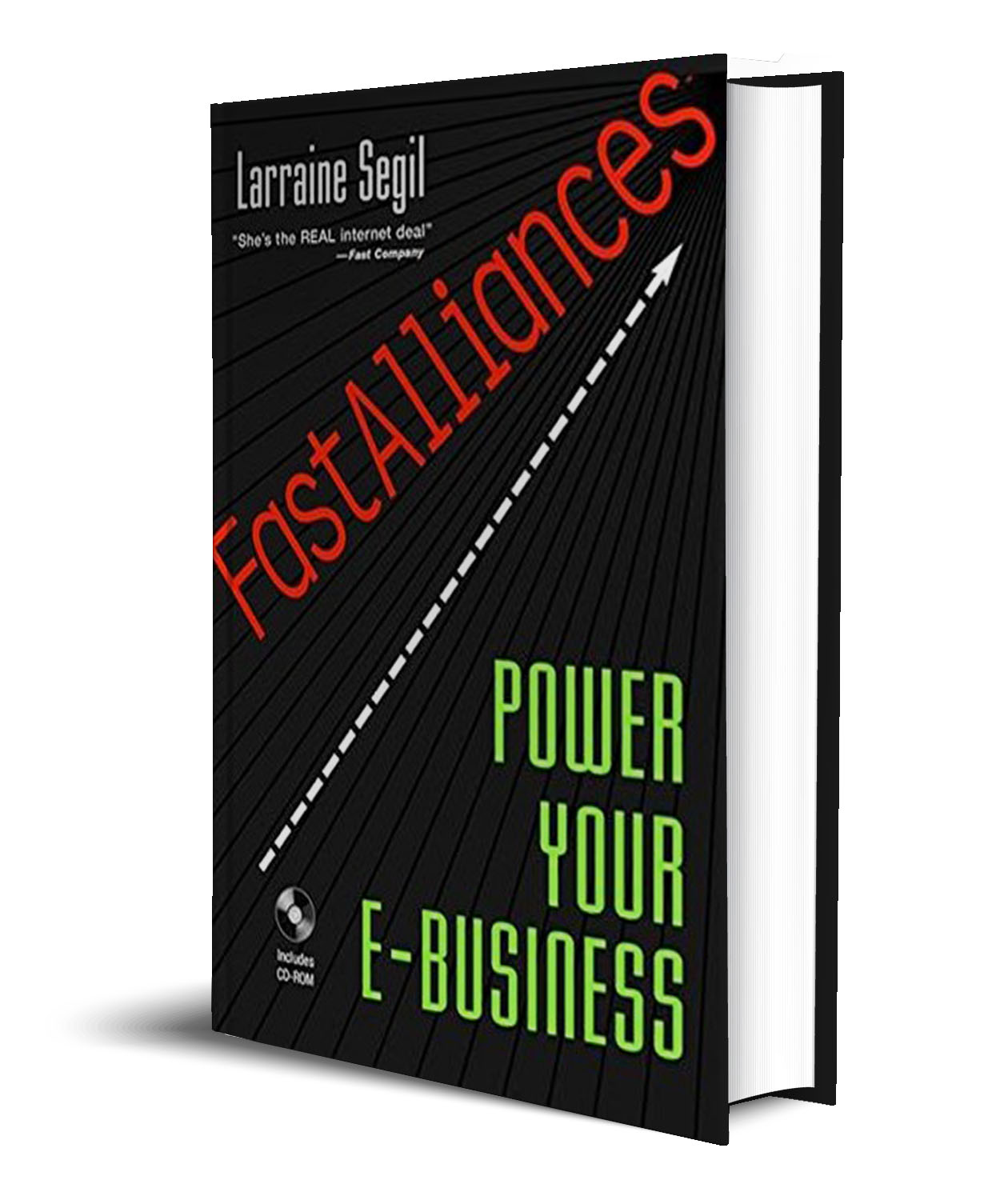
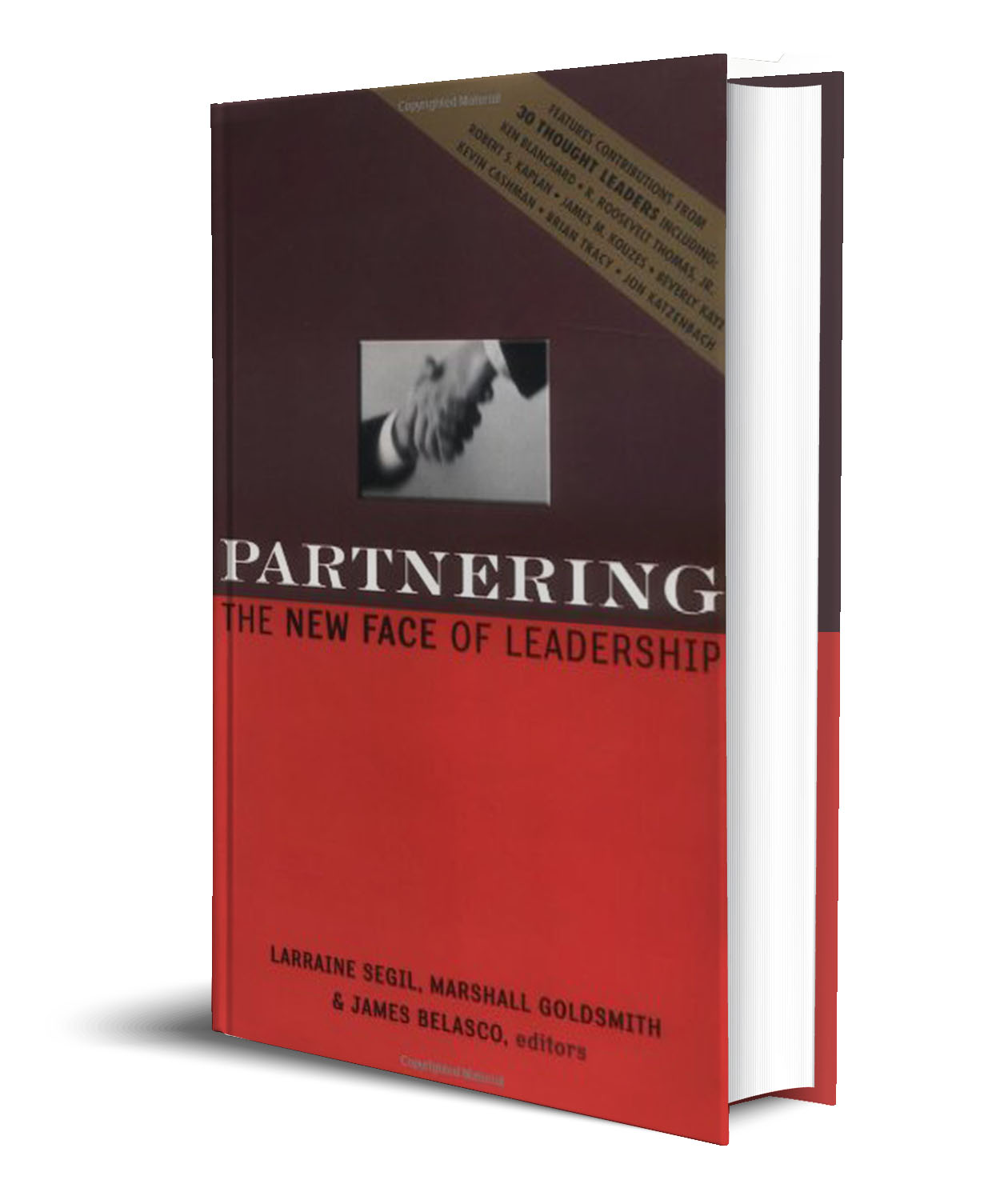
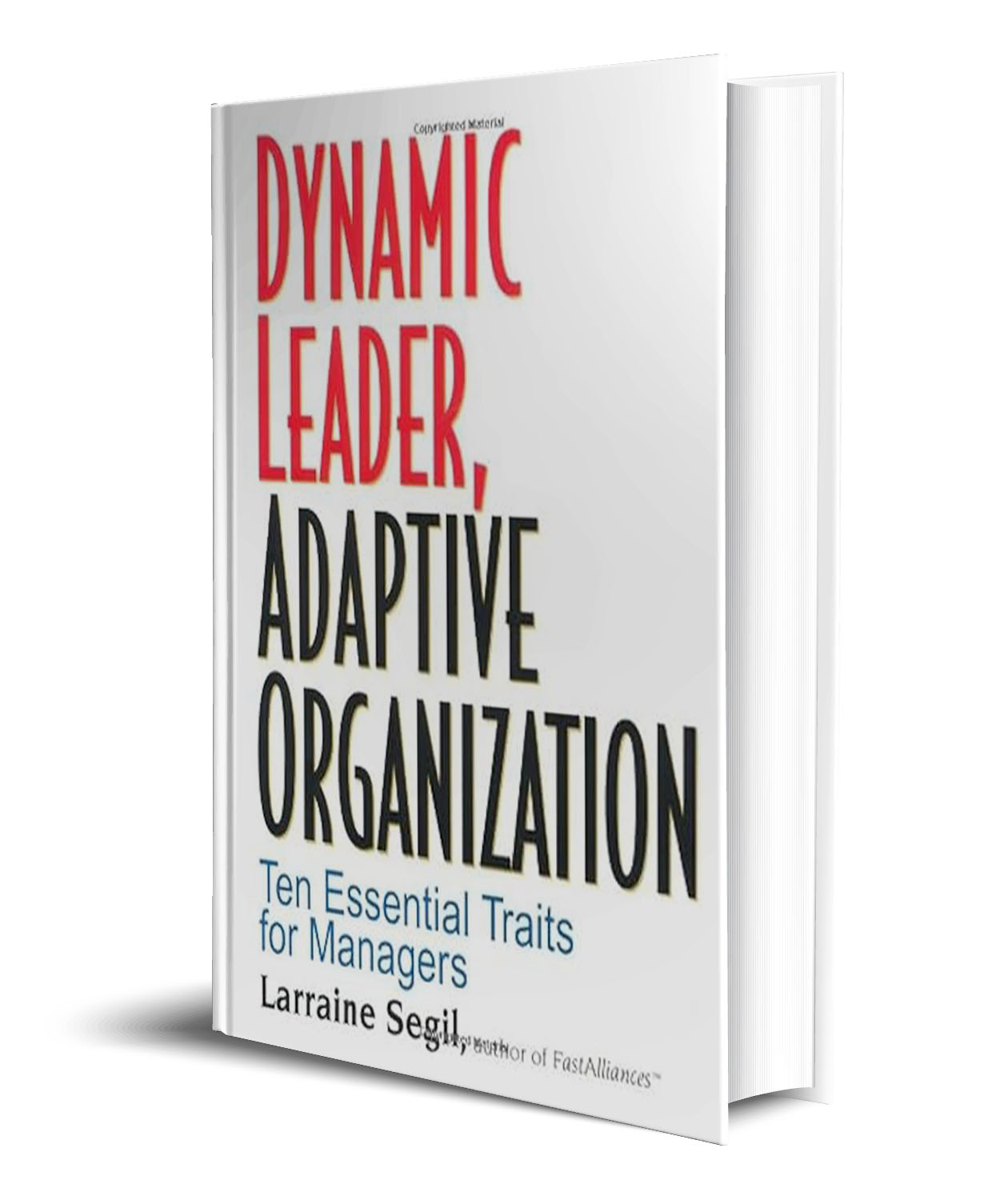
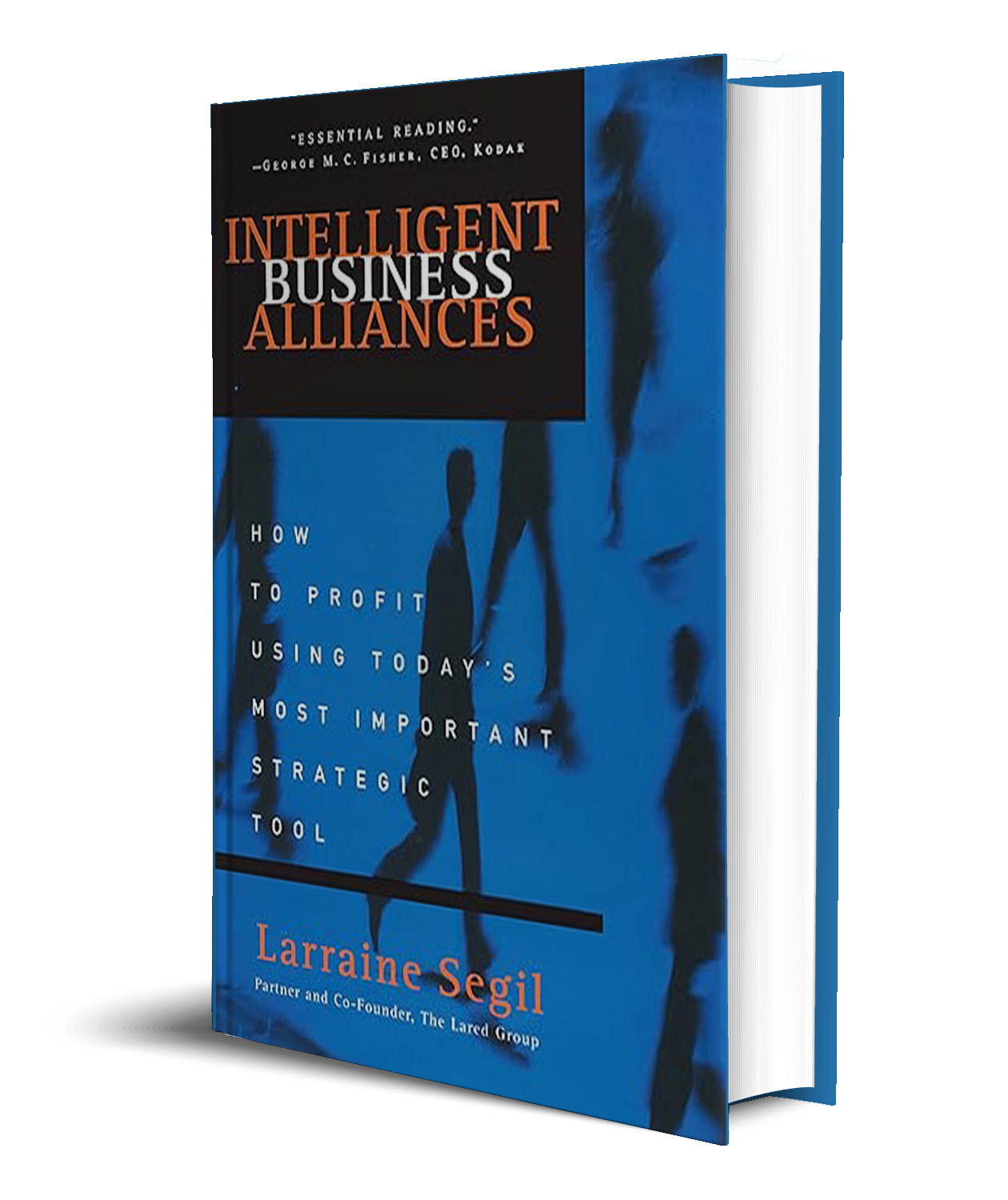
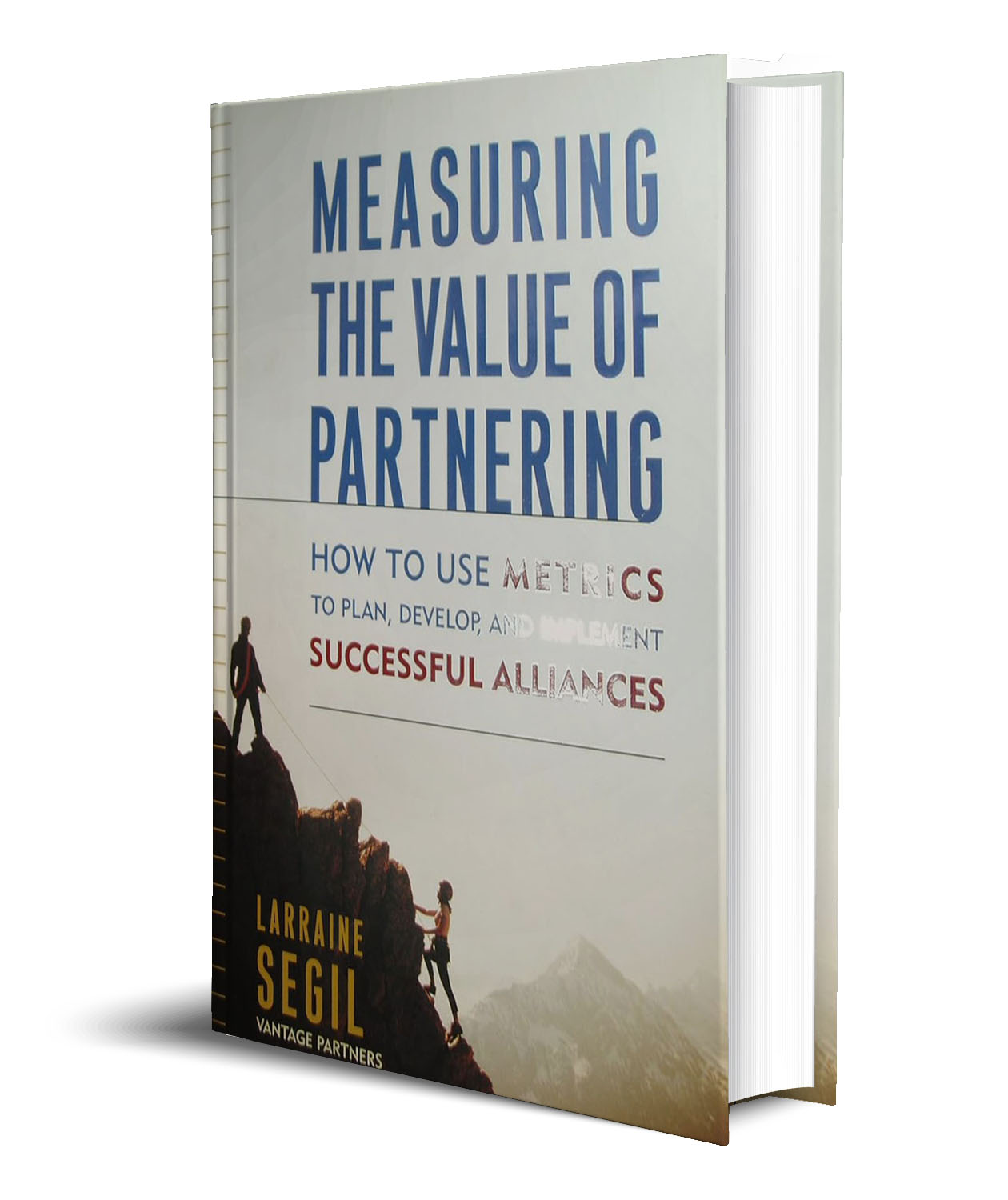
Leave a Reply
You must be logged in to post a comment.